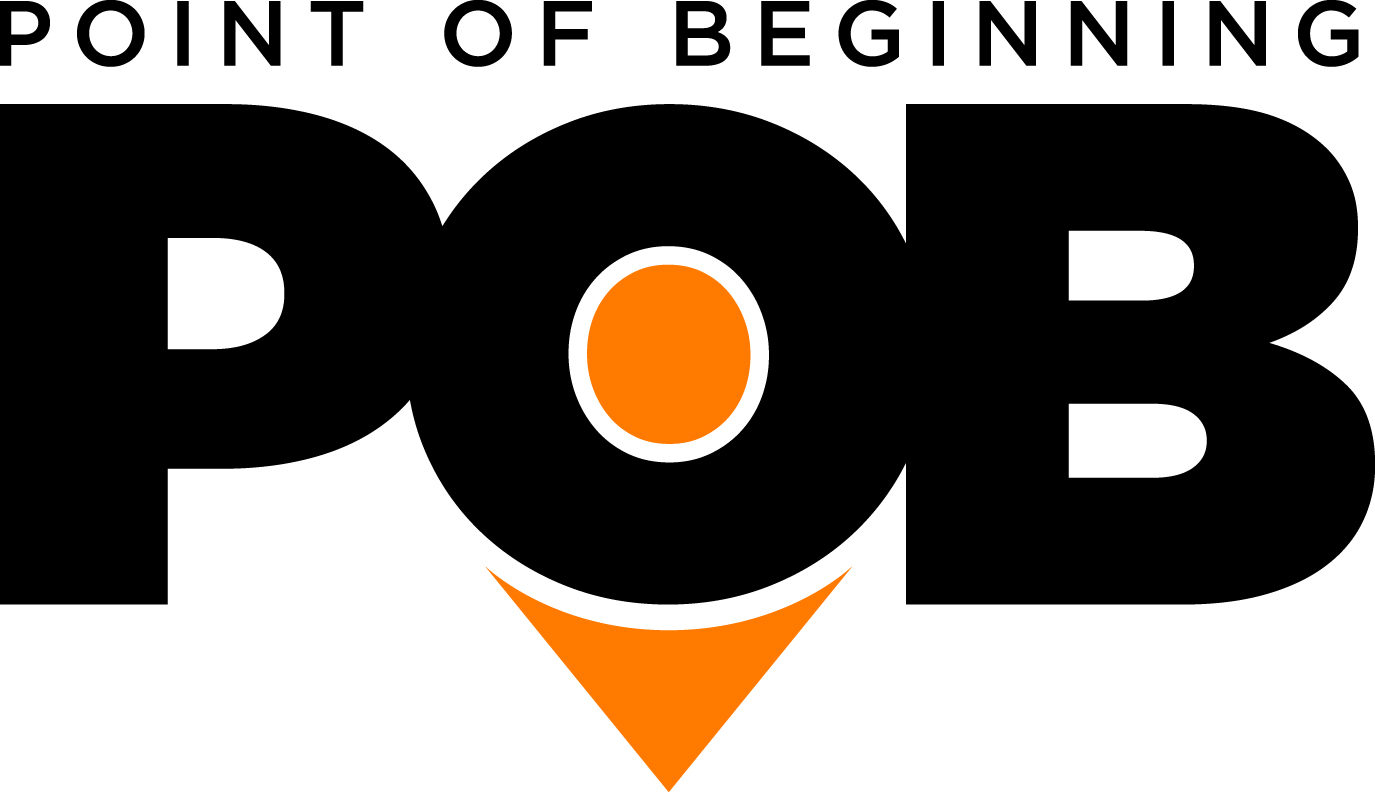How to Determine Which Laser Scanning Registration Method is Right for You
On-Site Registration
On-site registration is an important facet of the registration process. When you are working on a project, do you want to wait until you get back to the office to make sure that registration is going to work? What happens if you go out and do over 150 scans, and come back to the office with no idea if anything is going to work and you look at the data and realize, “Oh, I missed scans here, I missed some doorway scans here, and I totally missed this room.” That’s not a good feeling when you have to go back and return to the site and fill in the holes that you missed the first time in the field.
On-site registration allows for real-time processing and registration of scans in the field. That means you receive feedback right away as you start adding scans to your project, and know from the beginning if the scans are going to register to each other. Field time isn’t increased with proper computing power like a laptop or a tablet, but project efficiency is increased. It gives you a sense of confidence of a job well done.
Time for another example. Let’s say you’re scanning a 4,000-foot tunnel with a total of 168 scans, spheres for registration, and survey control. Without on-site registration, you have to ask yourself questions such as are you sure all scans have sufficient overlap? Are you sure all spheres are within range of the scanner? Are you sure you haven’t spaced some scans a little too far? Are you confident registration will work at high accuracy?
All of these questions that you must ask yourself in the field, you won’t be able to answer if you’re not running on-site registration. You have to wait to go back to the office, hope for the best and cross your fingers. That real-time feedback of registration is reassuring and will certainly be beneficial.
Conclusion
Registration is one of the most important aspects of a successful laser scanning project. While new technologies provide immediate benefits and quick processing times, they also hold their own set of unique challenges. Specifically, choosing a registration method that’s best suited for you and your project. Each process features benefits and limitations, and considering and understanding both is a critical step in providing an accurate data set for your client.
Alexis Brumm is an experienced magazine editor with familiarity in various construction industries, including heavy construction, drilling, surveying, geospatial, and the crane and lift industries. www.linkedin.com/in/alexis-brumm-b3a82732











